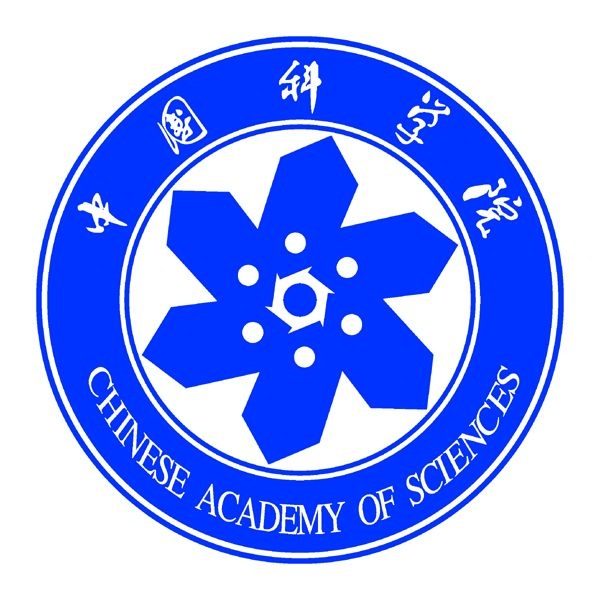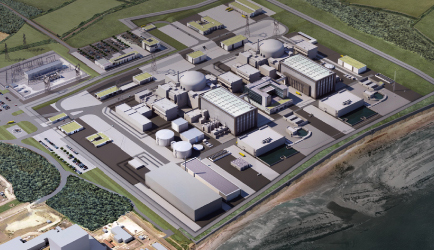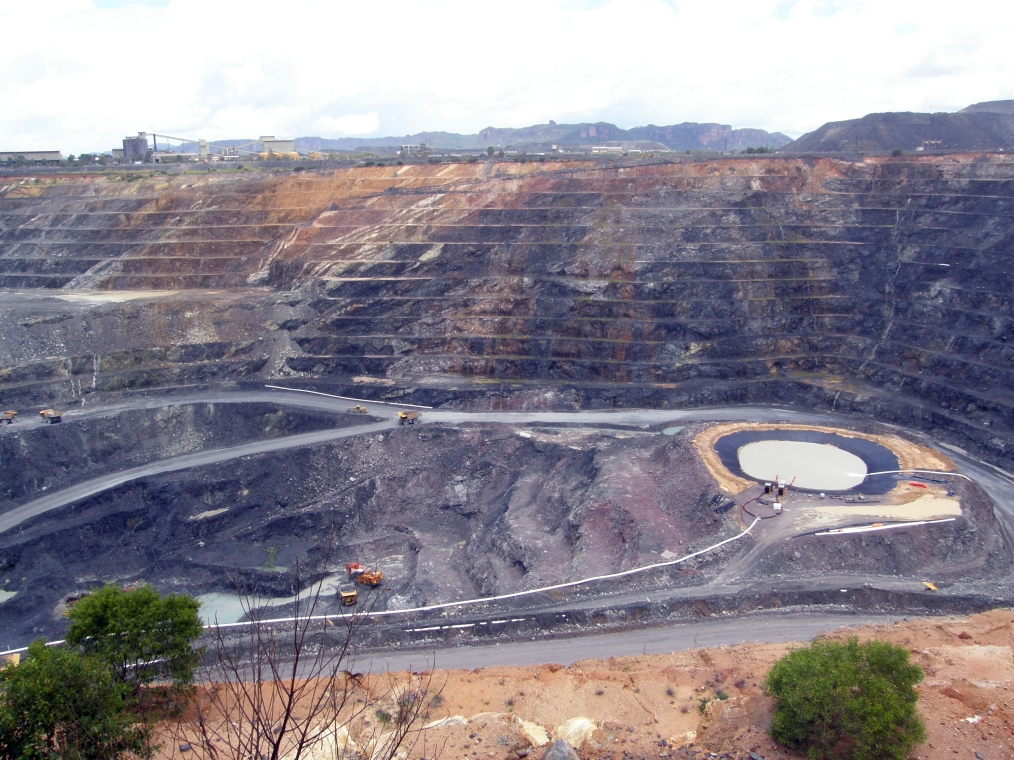
Blog
-
Geiger Readings for Mar 12, 2015
Ambient office = 103 nanosieverts per hourAmbient outside = 90 nanosieverts per hourSoil exposed to rain water = 97 nanosieverts per hourBosc pear from Central Market = 99 nanosieverts per hourTap water = 100 nanosieverts per hourFiltered water = 93 nanosieverts per hourPetrale sole – Caught in USA = 68 nanosieverts per hour -
1019 – Nuclear Reacrors 337 – China General Nuclear and Chinese Academy of Sciense Sign Agreement to Collaborate on Accelerator-Driven Systems
China General Nuclear and the Chinese Academy of Sciences have just signed a strategic cooperation agreement to collaborate in the development of accelerator-driven systems which could be used to transmute spent nuclear fuel. The system could also be used to operate subcritical thorium nuclear reactors. The agreement was signed in Beijing on the 9th of March following a forum featuring both of these organizations. These two organizations have worked together for many years. An agreement on scientific and technical cooperation was signed in the fall of 2006.
CGN stated that the agreement would be based on “complementary advantages, win-win cooperation and common development in the research and development of accelerator-driven systems. By signing this agreement, the two sides will further establish long-term strategic alliances and partnerships to accelerate the development of advanced nuclear energy systems.”
Accelerator-driven systems are called that because they are based on the acceleration of subatomic particles such as protons. The protons hit a spallation target such as liquid lead-bismuth which generates neutrons. The accelerated neutrons are directed at a target called a blanket that contains some sort of fissionable materials. Long lived radionuclides can be extracted from spent nuclear fuel, mixed with fresh fuel and subjected to bombardment by an accelerator. This causes the long-lived isotopes to fission and transmute into short-lived isotopes which means that the radioactive waste is “hot” for a much shorter period of time. Such a process can also produce useful energy.
In a regular power reactor with neutrons supplied by the fuel in the rods, the only way to shut it down is to insert control rods which absorb the neutrons and lower the neutron flux below the point required for sustaining a fission reaction. One of the benefits of an accelerator driven system lies in the fact that the neutrons that cause the fission are coming from the outside and not being generated from within the fissionable material. In order to shut down an accelerator-driven system, it is only necessary to turn of the accelerator which supplying the neutrons. Without the neutrons to keep the reactions going, the reactor shuts down. This is much simpler, easier and faster than the shut down procedure in a standard reactor. This also makes operation of an accelerator-driven system much safer than a conventional reactor.
Research on thorium reactors has been carried out by different nations since the dawn of the atomic age in the 1950s. Thorium alone is not capable of generating sufficient neutrons to cause fission and generate power. Some other material like U235 or plutonium must supply the needed neutrons. One of the big problems with thorium reactors to date has been coping with the higher heat and pressure that is required for their operation. Some designs employ a bath of molten sodium which is highly flammable when it encounters water or air. This makes it very dangerous to deal with. An accelerator-driven system solves both of these problems. In an accelerator-driven system, the neutrons supplied by the accelerator can cause the thorium to fission and provide power. India, in particular, is starving for energy and has huge reserves of thorium. The development of a practical commercial thorium reactor based on an accelerator would be a great boon to India.
-
Geiger Readings for Mar 11, 2015
Ambient office = 92 nanosieverts per hourAmbient outside = 141 nanosieverts per hourSoil exposed to rain water = 139 nanosieverts per hourBartlett pear from Central Market = 95 nanosieverts per hourTap water = 115 nanosieverts per hourFiltered water = 105 nanosieverts per hour -
Nuclear Reactors 336 – Update On British Hinkley Point C Power Station Project
Thought it was time for an update on the big Hinkley Point C project in Britain. This is a real circus. The project is huge with a budget over twenty billion dollars for the construction of two nuclear power reactors. The contract for construction is held by the French government owned company, EDF.
EDF is in serious financial trouble because of a couple of major nuclear projects in France that are behind schedule and over budget. Also, the steel reactor vessels that were going to be used turned out to have too much carbon in the alloy which reduced their strength below acceptable standards.
Looking for investors, EDF set up an arrangement last October with a Chinese nuclear company named China General Nuclear Power Corporation, a state owned entity. The CGNPC is going to take a one third stake in the project. In order to get the Chinese involved, the British had to promise to let them build a Chinese designed reactor in Britain with Chinese labor. This upset the British labor unions as well as the British security forces. Then Britain got hit with a legal challenge because of European Union rules about outside investors in major projects.
The British government has promised to pay about twice as much for the electricity generated by the new reactors than the current price for electricity in Britain. Consumers fear that the price of electricity from other sources will stay low and those being supplied by the new Hinkley Point C reactors will wind up pay too high a price. This also caused another lawsuit claiming that Britain was violating EU rules about government support for private projects.
Now for the update.
The problem with too much carbon in the reactor vessels has been solved. EDF claims that they are going to use a different manufacturing process with different size chunks of steel that will produce reactor vessels that are sufficiently strong to meet regulatory standards.
The project was supposed to start construction within weeks of the deal set last October but EDF has been holding off making a final decision on the financing for the project because of their internal problems. Now they say that they will deliver final approval by the first of April even though there is strong resistance on the EDF board from the labor representatives. The Finance Director of EDF just resigned because he said that he cannot personally support the project proceeding for at least three years while EDF sorts out its financial problems.
Another reason for the delay is that in spite of the announcement of a deal with the Chinese last October, EDF says that they still do not have a signed contract for the Chinese participation because the due diligence of the CGNPC company was taking longer than expected due to the extraordinary complexity of the project. When the lack of a signed contract with CGNPC was made public recently, EDF faced a storm of criticism.
The Hinkley Point C project is a fascinating spectacle as promoter of nuclear power try desperately to move the project forward as problem after problem blocks their progress. Hopefully, this giant mess will collapse soon and save the ratepayers of Britain a huge hike in their electric bills.
Artist’s concept of new Hinkley Point C power station:
-
Geiger Readings for Mar 10, 2015
Ambient office = 115 nanosieverts per hourAmbient outside = 64 nanosieverts per hourSoil exposed to rain water = 81 nanosieverts per hourAvocado from Central Market = 57 nanosieverts per hourTap water = 100 nanosieverts per hourFiltered water = 91 nanosieverts per hour -
Australia Hopes To Become The Major Global Supplier of Uranium In The Coming Decade
Uranium is the main fuel for nuclear power plants. It is found in many types of geological formations in combination with many minerals all over the world. In spite of its ubiquity, some forms and deposits are easier to mine than others. There are about four hundred nuclear power reactors in use in the world today. Japan shut down about fifty following the Fukushima disaster in March of 2011. On the other hand, China, India and Russia are investing heavily in building new reactors. There was a softening of demand after the Fukushima disaster for uranium fuel but now demand is picking up again. The current contract price of uranium is around forty seven dollars a pound.
The nuclear power industry has enjoyed years of low uranium prices. The U.S. has about a quarter of the power reactors in the world. U.S. power plants have enjoyed fifteen years of reactor fuel prices below the cost of uranium on the open market because they had a deal with the Russian to purchase reactor fuel made from decommissioned Russian nuclear warheads left over from the Cold War. This cozy arrangement has just ended. Prices for uranium have started to rise in the past year.
Australia has the largest reserves of uranium in the world at around thirty percent. This may increase as more mines come online and exploration continues. Recently, changes in state and government laws opened up much of the nation to uranium exploration. Canada has the next largest reserves at about twelve percent. Kazakhstan comes next at around ten percent. Kazakhstan, Canada and Australia produce about two thirds of the world’s uranium. Kazakhstan’s production has quadrupled in the past ten years and it now produces forty one percent of the world supply. Canada’s production has been flat for ten years and now accounts for about sixteen percent of world production. Australia’s production has dropped by about forty percent in the last ten years and is now about nine percent of world production.
Although Australia has the largest reserves by far, Australian production has declined because the cost of extraction makes the current price of forty seven dollars a pound too low for some of the producers. If the contract price of uranium rises to fifty dollars a pound, more Australian producers will be able to turn a profit. They would really like to see the price rise to sixty five dollars a pound which would bring more mines and producers online. With the sharp increase in construction of nuclear power reactors around the world and the planning for many more, the price of uranium should rise significantly in the next few years. If the desired price increase occur, then Australia with its massive reserves could become the major supplier of uranium to the world within a decade.
With many new reactors coming online and competition for uranium fuel supply rising, it is inevitable that the price of uranium will rise in the next few years. With competition from ever cheaper sustainable energy sources and cheap abundant oil and natural gas, higher uranium prices will make nuclear power less attractive. Time will tell if all the planned reactors get built and Australia becomes the dominating nuclear fuel source that it aspires to be.
Australian Ranger 3 open pit uranium mine:
-
Geiger Readings for Mar 09, 2015
Ambient office = 114 nanosieverts per hourAmbient outside = 108 nanosieverts per hourSoil exposed to rain water = 104 nanosieverts per hourOrange bell pepper from Central Market = 128 nanosieverts per hourTap water = 64 nanosieverts per hourFiltered water = 53 nanosieverts per hour






